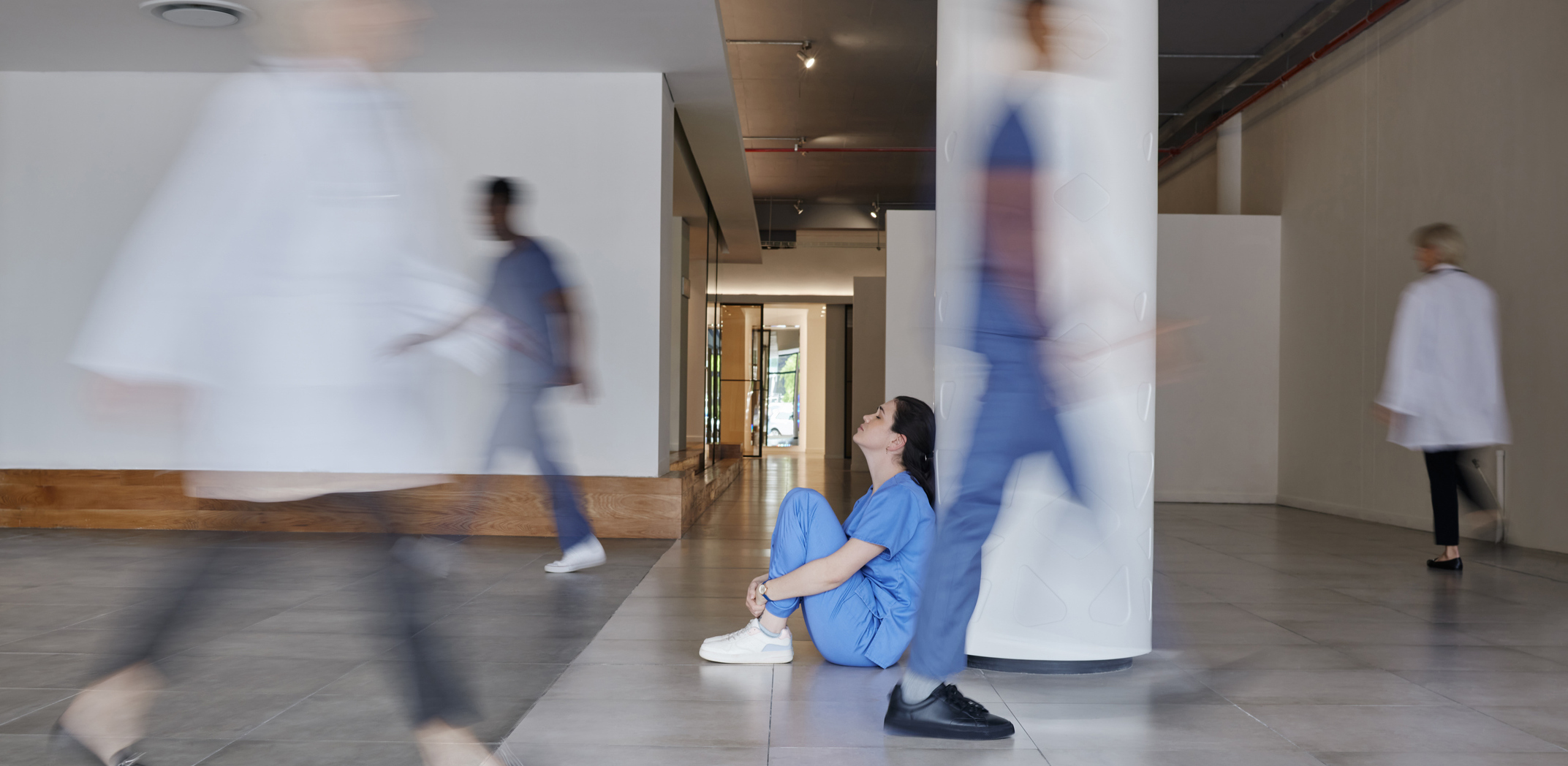As we enter a new digital era and transition from brick-and-mortar in-person care to online modalities, opportunity has emerged in the telehealth industry that has made its adoption possible. From the beginning of the public health crisis in March 2020 to February 2021, there were more than 2 million virtual visits compared to only 16,500 from July 2019 to March 2020. With the Covid pandemic forcing patients and providers to transition to online environments, perspective around ways to access the resources we need when we need them most has changed. For years, the industry has struggled to drive telehealth adoption, but in 2021, with the ongoing health crisis, the industry is quickly cementing the future of virtual care. As an intern in telehealth and a patient during the last year, embracing change has become the theme of the last few months. And while the adjustment has been felt by everyone, industry leaders and consumers alike, this experience has had a direct impact on my perspective as both a patient and a student during this time.

As a woman entering a typically male-dominated industry, with no prior experience in tech, my first thought was that you had to be a tech-wizard in order to be successful. A misconception I had was that if you weren’t the “Elon Musk” of the organization, then you weren’t cut out for it. Similarly, as a patient depending on the healthcare industry during the public health crisis, embracing tech and telehealth felt overwhelming and oftentimes was followed with thoughts of “can we really accomplish all that in-person care offers virtually?” and “this is too advanced for me.” But I have come to realize that working in and embracing tech is not as complicated as it seems. Generally, the idea of “tech-savviness” and moving toward a “technologically advanced society” can be overwhelming if you only focus on the technology itself. Whether you are entering the tech industry professionally or seeking access to healthcare through online modalities, you are not required to know or even understand every aspect of it. On both sides, it has expanded the way we communicate and shifts gears towards embracing tech and diversifying all that we already know. Anyone can benefit from embracing change and just because you may not understand everything, it doesn’t mean you shouldn’t try it.
“Can we really accomplish all that in-person care offers virtually?”
We’ve all had to adjust as patients, professionals, and consumers as a result of the pandemic. These virtual experiences are different for everyone, but there is a lot to be gained from the new digital age. As a new intern working completely remote, I was able to connect with teams, partners, and other companies all in one place. It was easy to collaborate with colleagues in different departments and connect with them on an ongoing basis through multiple platforms. With the introduction of virtual conferences and seminars, I was also able to sit in on sessions and learn about challenges facing patients like me and leaders in the telehealth industry, as well as statistics on the impact of Covid, new innovations from vendors, and insights from leaders on the future of healthcare. I didn’t know much about telehealth prior to my internship, so being able to listen to industry leaders and linking together a range of perspectives gave me a completely new perspective, even while remote.
Before the pandemic, I didn’t realize the extent to which healthcare could be achieved virtually. Learning about where telehealth had been and where it was going allowed me to reflect on my experiences as a patient. The theme of “flexibility” became more apparent. Whereas before, I knew that paperwork could be submitted prior to an appointment, and all of my medical records could be found in one place. What I didn’t appreciate was that in turn telehealth was also saving me and other patients valuable travel time and time spent in waiting rooms. I also came to recognize that not everything requires a visit and that leveraging personal health data over time can help patients improve their own health. Specifically through the use of self-monitoring and symptom tracking that contributes to a more self-directed healthcare experience.
What I didn’t appreciate was that in turn telehealth was also saving me and other patients valuable travel time and time spent in waiting rooms.
Tech has the ability to operate as a springboard for independence whether you’re a patient or professional. In a “virtual world,” the resources are at your disposal. As a patient, you can take control over your health and as a professional, you can embrace independence and have an opportunity to access the resources you need when you need them.
At the ATA 2021 Virtual Health Conference, the CDC shared that more than a decade’s worth of change has been accomplished in one year. Many gaps in the way we receive care have been addressed through telehealth and have allowed for the expansion of access to care for those who were once limited by geography and resources. Learning from leaders in the industry has broadened my overall understanding of the evolution of technology in healthcare, and its future implications, while in turn spilling into my patient journey in a way that I didn’t expect. As a patient, I am on the receiving end of the change in technology and am now aware of why these advancements will benefit my own health. We are learning to incorporate technology into our lives and are coming to understand the implications of what this means for us as consumers. This experience has allowed me to become knowledgeable about an industry I once knew nothing about, connect what I have learned to my own health, and further integrate technology into my life.





